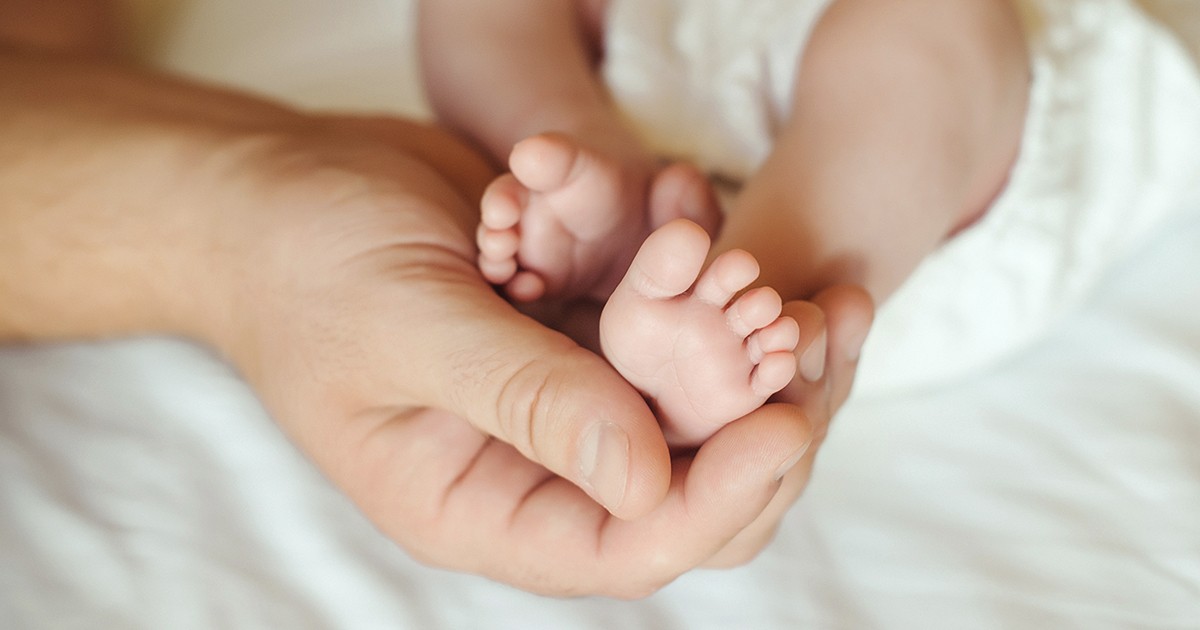
By Preeti Hay
“Oh, what an experience it will be to witness the parallels between birth and death,” the woman said.
I had met her at my workplace. I smiled gratefully but cluelessly because I had no idea what she meant. Like an angel she went on her way. Later, I realized that her words were the most profound anyone said to me during my pregnancy.
The time for the birth arrived. At two weeks past my due date, labor started but would not end. My plans for a natural home birth failed me utterly. My 50-hour labor ended in an emergency C-section. An infection followed that kept the baby hospitalized in the Neonatal Intensive Care Unit for two weeks. Breastfeeding challenges lasted for months. As I still learn this new art of motherhood, I am finally reflecting on the profound parallels between birth and death.
I have experienced a lot of death in my life. The series of deaths started when I was young and it feels like they haven’t stopped. I have lost people I loved, people I let into my life and close family members. Having lost a parent in my teenage years, I have witnessed death up close. I have seen its immediate as well as its lasting effects. Its pain, its healing, and everything in between.
How a birth could be similar I had no idea. I recognize that both are transitions between two worlds, a profound moment in time when the soul is entering into the body or leaving it. What I could not understand was that death was a painful event but birth a happy one. Was the parallel supposed to be in this ironic duality?
Giving birth is being an instrument in this magnificent play of the universe. I wonder if the pain of labor is a way for the universe to conceal the extraordinary miracle that’s taking place. The force with which the soul tries to come out, in longing and in suffering is almost tangible. Yes, looking back, I think I did very tangibly feel this force, this set of impressions coming back into the world in the form of a human body. I have similarly seen and felt the dissolving of impressions during death. It is as if time stops and one feels the soul leaving the body, like a thin layer of film in the atmosphere.
The process of birth is beyond anyone’s control. It takes a life of its own. When it starts and when it ends is completely its own doing. Astrologers would agree that a child will not be born until the exact moment that the stars align for that exact soul. This explains all that cannot be said in advance about the birthing process. Anything can happen; births just like deaths can surprise us. The dying process can be longer or shorter. Again, completely out of one’s hands, sometimes even more unpredictable than a birth. In fact, astrology also talks about the dying moment and its importance. Hindu philosophy believes that a person’s dying moment is predetermined even before he is born. In spite of great medical advances, we have no choice but to respect this process almost in prostration.
I was wrong when I thought that death was painful and birth was happy. I have seen the death of a close family member that was so natural and accepted that he made it feel like a happy experience. It was his great strength to look at his own passing with gratitude, acceptance and total closure. Such a death was light, real and surreal at the same time. Giving birth for me, on the other hand (even though a happy event) involved a lot of pain not just physically but also emotionally. And it was accompanied by a deep sense of loss. It made me think that both of these events cannot exist in absolute terms, because such major life events are never meant to be absolute. Where then would the lessons be? If the joy of birth was absolute, one could not bear it. For me personally, if I did not have answers through readings about the soul’s journey after death and from life to life, I would not be able to see beyond the apparent pain of death.
Even though I’ve witnessed death only as an onlooker, I realized that birth can be experienced only as an onlooker, even by the mother. She is also just going through the motions and witnessing life coming through her in awe.
The effects of birth and death in the short term knocked me out. It was like being hit by a truck or worse. They both seem to have a numbing effect, a paralyzing phase. But in my experience, the long-term effects of both create true transformation. I’ve felt that death has transformed me in ways I could not have imagined. It has opened me up in deep places, places I didn’t know existed within me and changed me in ways I would have normally resisted. Birth also was transformative. In a big way it challenged me and opened my eyes to another dimension. Parenthood continues to create love, sacrifice and learning.
I have stared in the face of birth and death’s ruthlessness. Their power, their force and also their enchantment. I have bemoaned the cruelty of the world’s expectation to resume functionality after witnessing these events, and yet, I have thanked the same expectation because it has taught me to move on, to take charge, and to accept. It has made me thank the opportunity for mindfulness because one can overlook both these events as common happenings of the world, but their lessons are unique to each situation and person.